by Michael Haskew
In the July 5, 1922, edition of the New York Tribune, the poem “Unconvinced” by James J. Montague was published. It reads in part:
“We learn that Pancho Villa,
Who used to rob and shoot
And swiftly go
Through Mexico
In quest of crime and loot,
Is now a man of virtue,
Who does no mortal harm,
But milks his cows
And drives his plows
Upon a quiet farm.”
Written from a skeptical perspective, the poem is accurate in its assertion that the noted Mexican revolutionary and bandit Pancho Villa had retired to a hacienda, El Canutillo, in the state of Chihuahua in northern Mexico. Following his costly defeat in a series of battles with the forces of Mexican President Venustiano Carranza commanded by the capable General Alvaro Obregon, the influence of the once mighty Villa had waned. Further, the long pursuit of the American Punitive Expedition of 1916-1917 had failed to capture the guerrilla leader but continually sapped the strength of his dwindling army. Villa remained at large, hiding in the mountains of Chihuahua and raiding as his fighting strength permitted, but suffered defeat in his final battle, a raid on the town of Ciudad Juarez, in 1919.
[text_ad]
A Generous Amnesty
The following year a somewhat unexpected opportunity presented itself. Carranza failed to follow through with a pledge to install Obregon as President of Mexico following the 1920 elections. Supporters of Obregon settled the score by assassinating Carranza on May 21 of that year. With Carranza dead, Villa was able to successfully negotiate an amnesty with the government and went into retirement.
The terms of the amnesty were generous to Villa, providing him with the 25,000 acre hacienda and making provision for those few veterans of the glory days who remained loyal to the former revolutionary. For a short time Villa did actually live in peace. With 50 of his most trusted men nearby to serve as a personal bodyguard he worked the land at El Canutillo and raised livestock. From time to time, he ventured into the nearby town of Parral to buy supplies and transact other business. However, during his career Villa had made a number of sworn enemies.
“Viva Villa!”
On July 20, 1923, Villa, three bodyguards, his personal secretary, and chauffeur drove into Parral in his 1919 Dodge roadster. They picked up a shipment of gold for the hacienda payroll and headed out of town. A pumpkinseed vendor watched the car pass and shouted, “Viva Villa!” At the signal, seven riflemen emerged from hiding and pumped 40 shots into the vehicle. Villa and four of his companions were killed; only one bodyguard survived the massacre.
A violent career had come to a violent end. An outlaw and murderer to some, a folk hero and patriot to others, Pancho Villa was buried in the city cemetery at Parral. Some conjecture persists as to who actually ordered the assassination of Villa. Most likely it had been orchestrated by Obregon, who still feared Villa’s popularity among the Mexican people and the possibility of a return to his revolutionary ways.
Villa’s death car is on display in the Historical Museum of the Mexican Revolution in the city of Chihuahua.
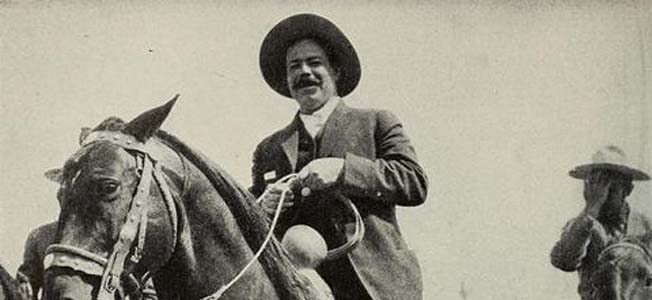
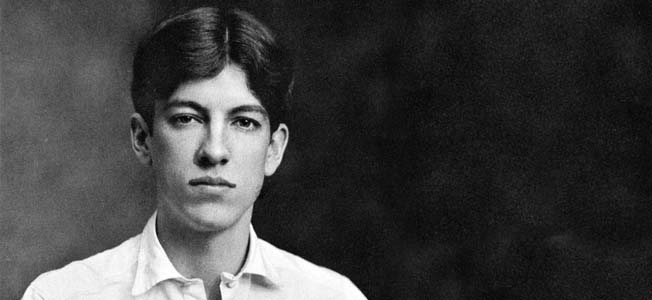
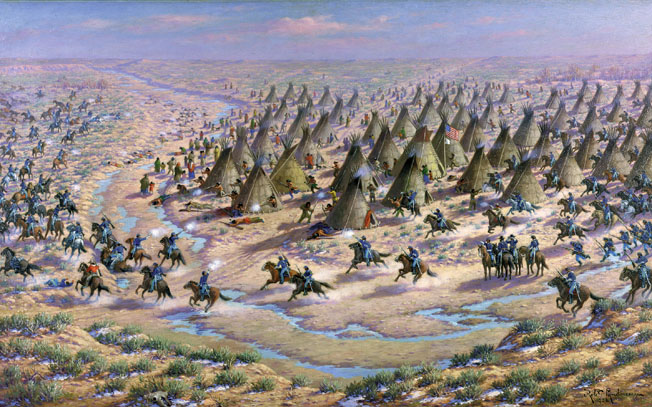
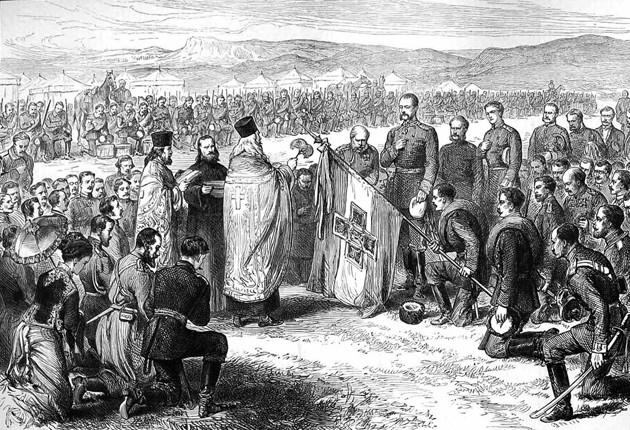
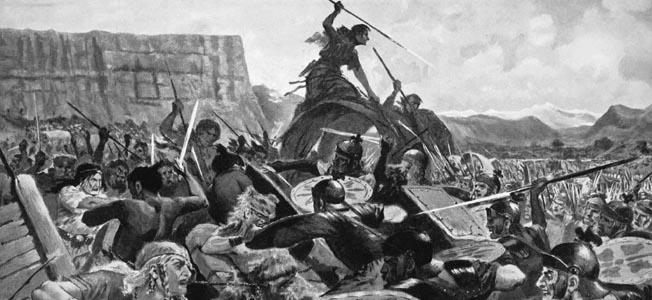
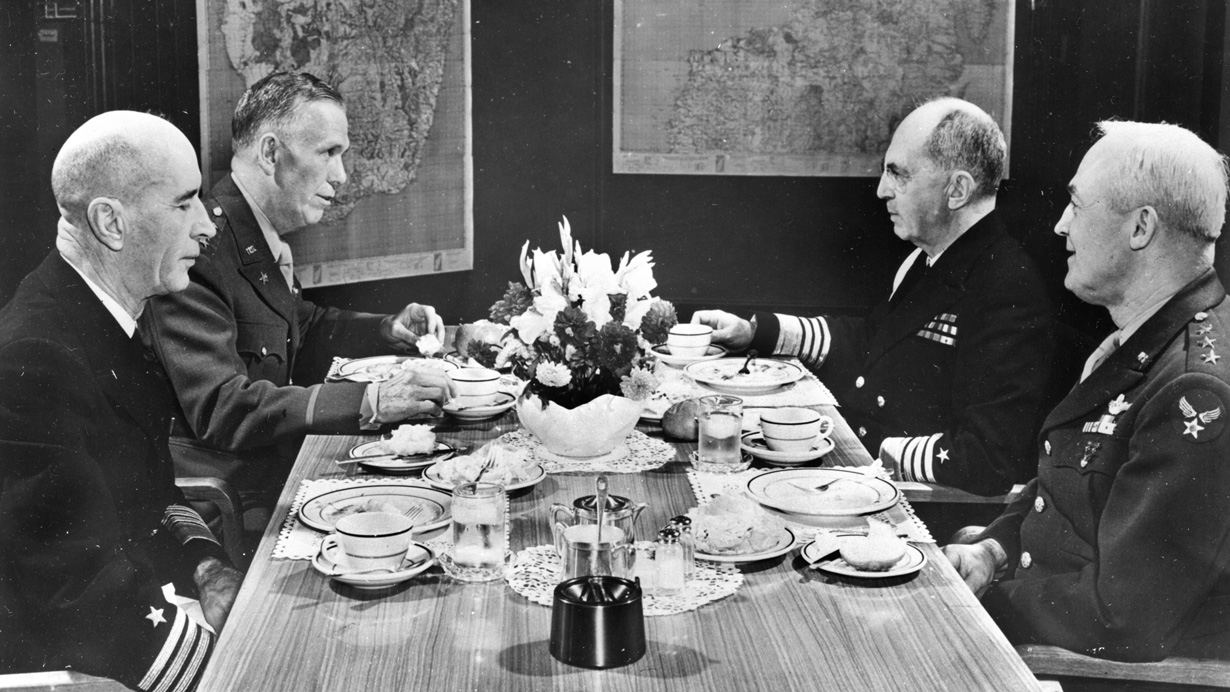
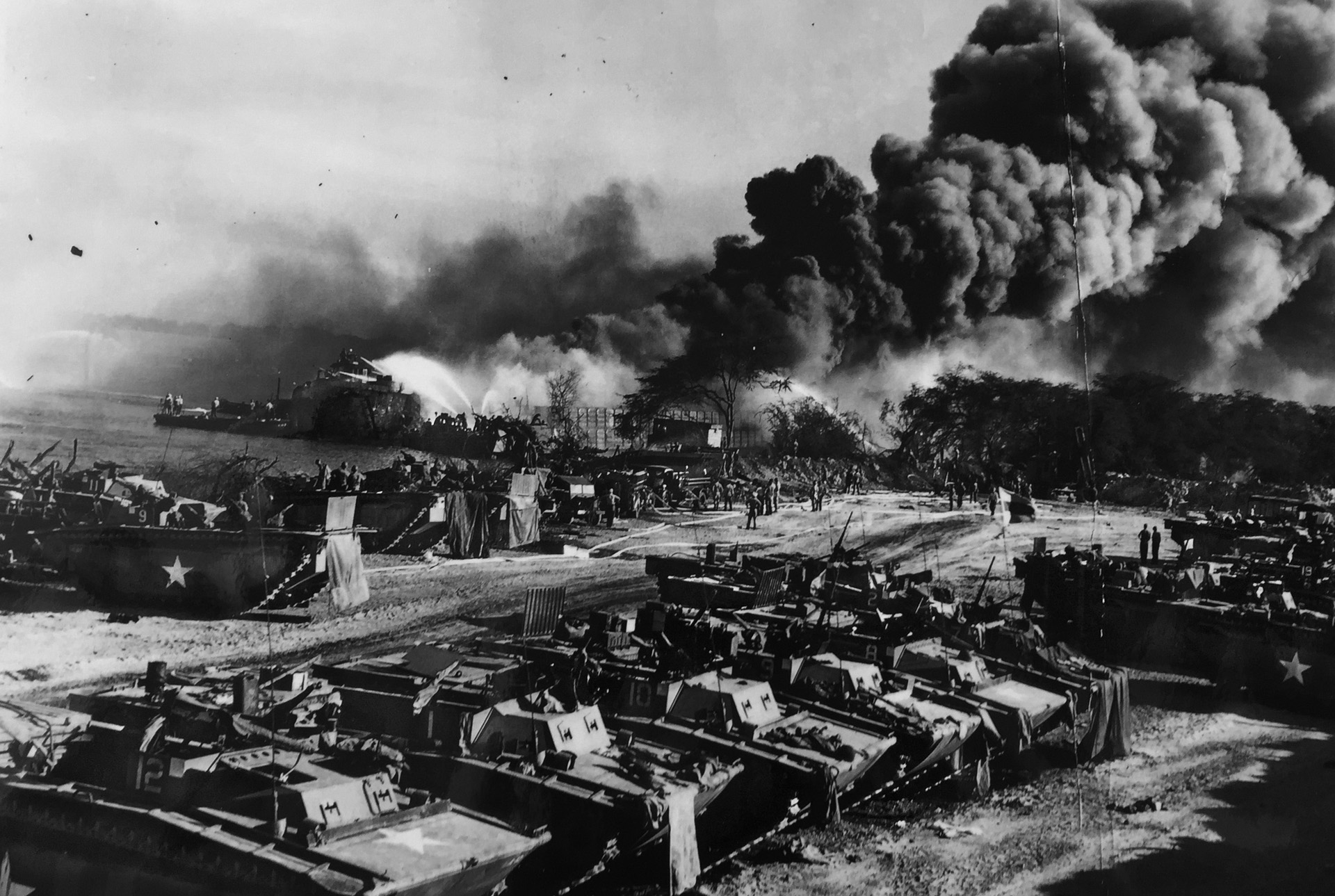
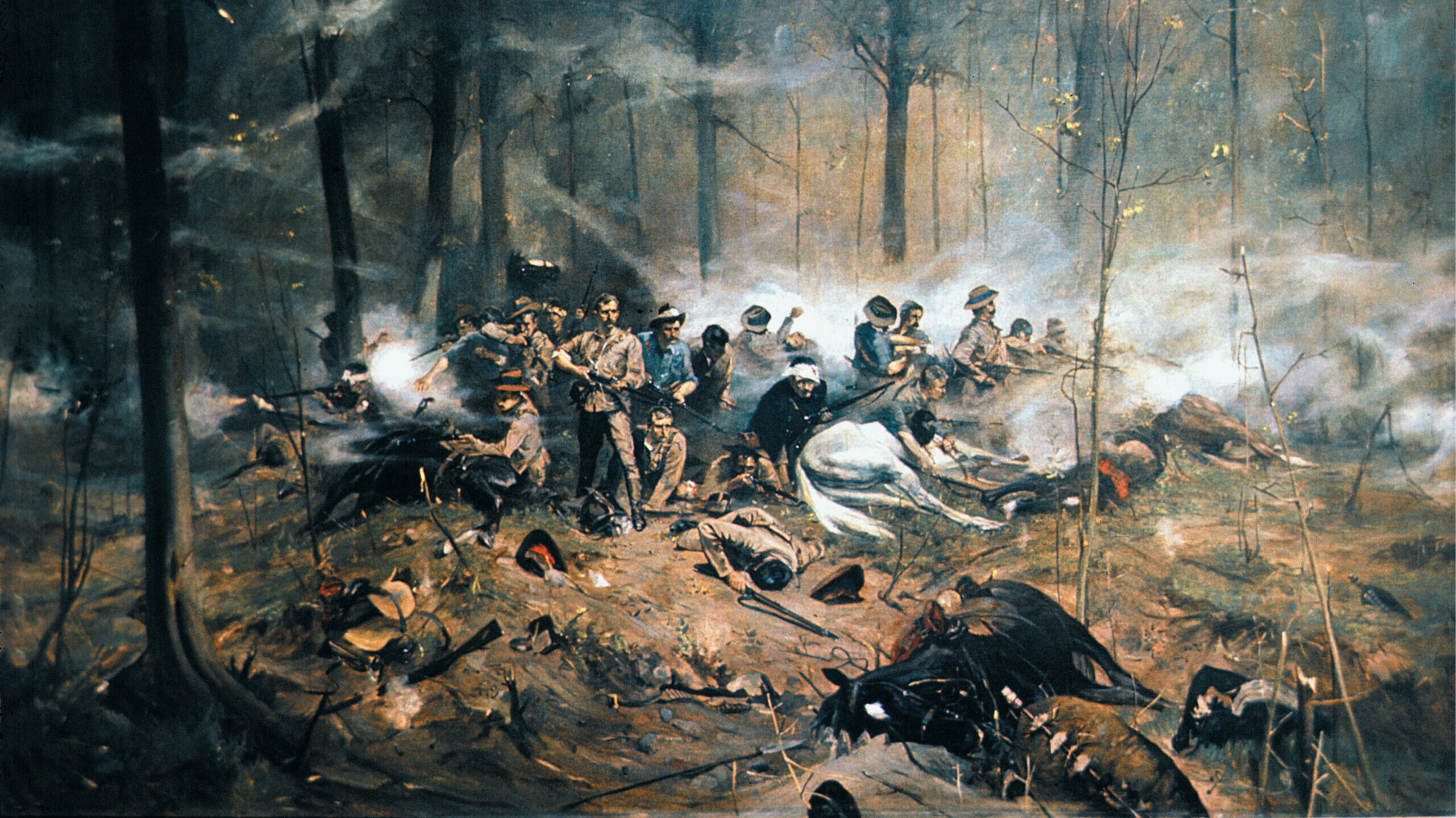
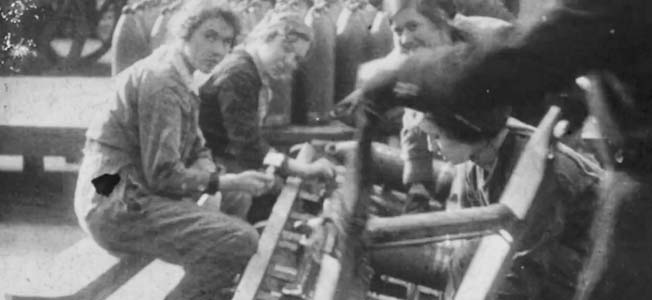
Join The Conversation
Comments
View All Comments